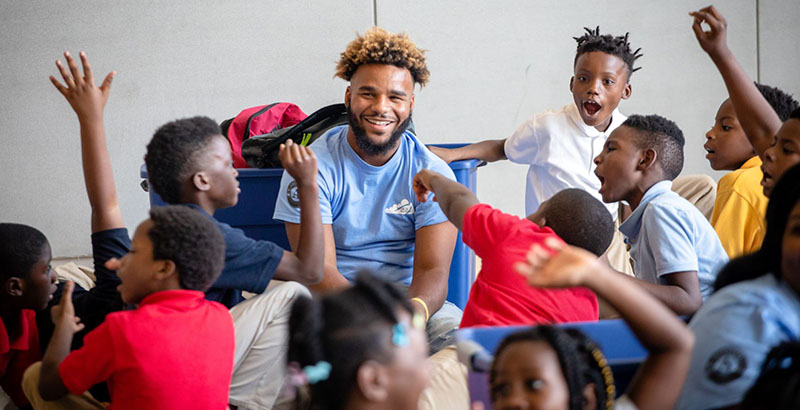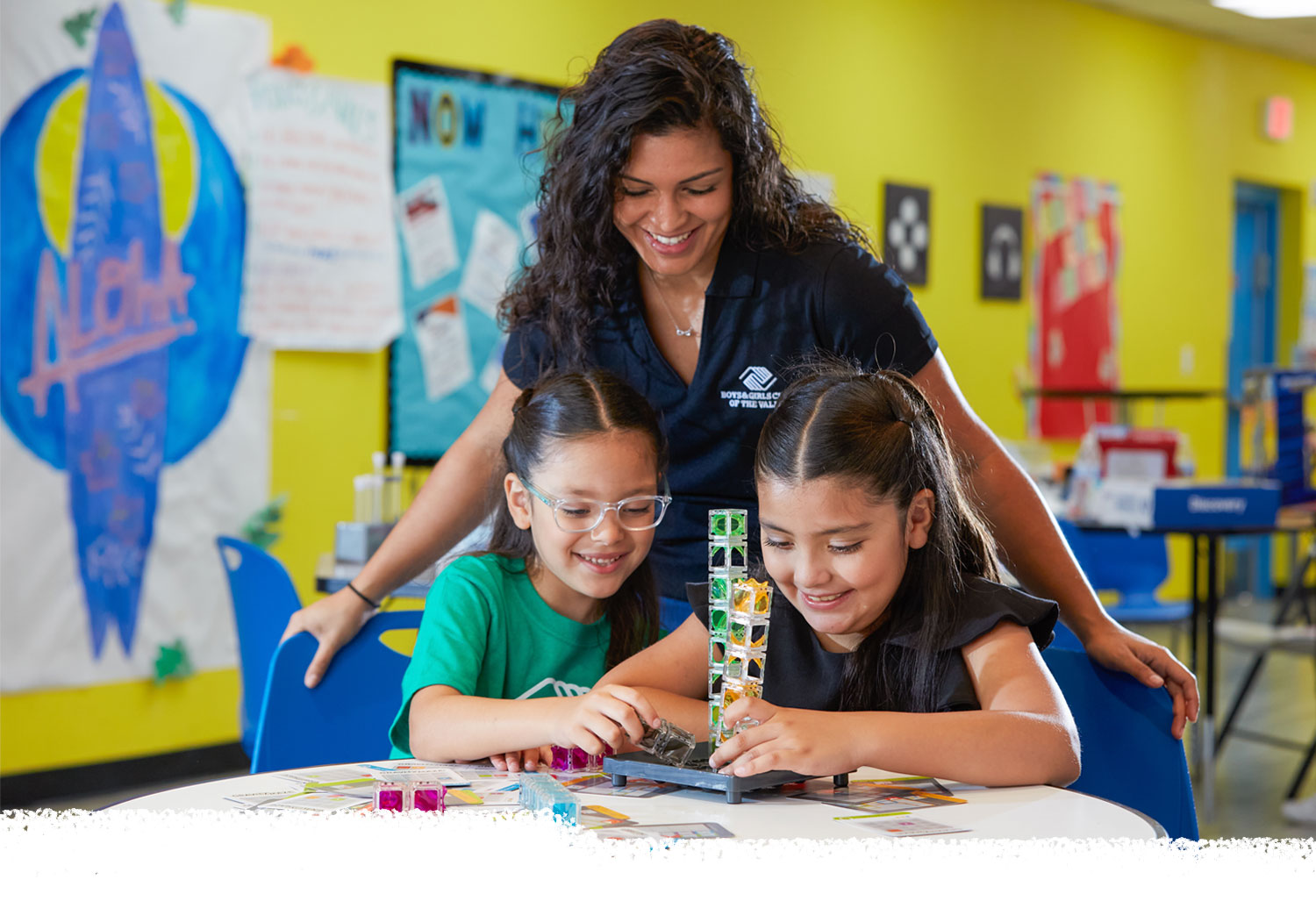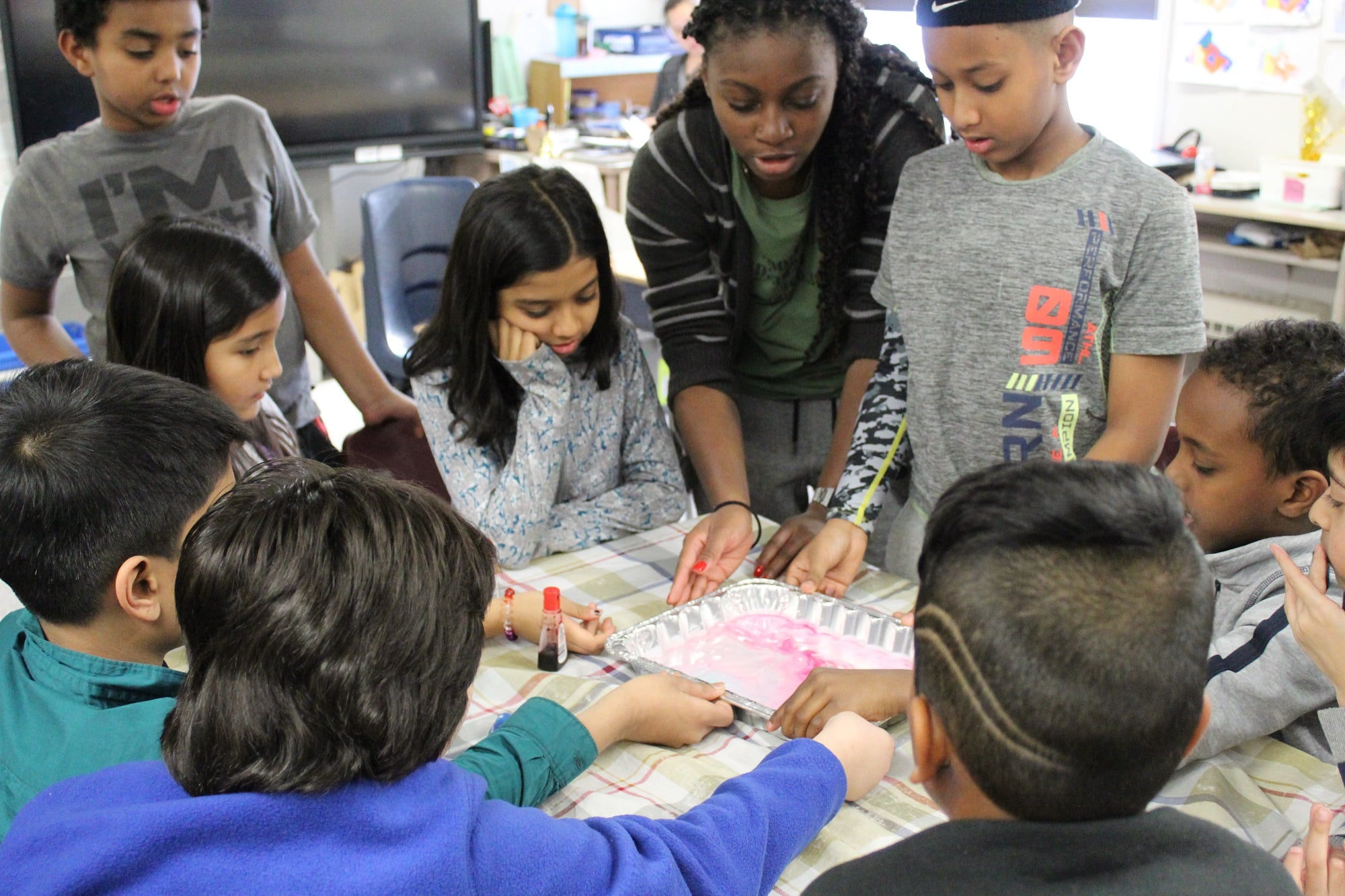Out of school time programs have become increasingly popular among parents and educators as a way to provide children with opportunities for learning, growth, and development outside of the traditional classroom setting. These programs, also known as kids after school programs, come in a variety of forms and serve different purposes, such as academic enrichment, physical activity, socialization, and creativity.
While out of school time programs can be beneficial for children, they require careful planning and implementation to ensure their effectiveness and sustainability. In this blog post, we will explore some of the best practices for planning out of school time programs that can help maximize their impact and outcomes.

1- Identify the Needs and Goals:
The first step in planning an out of school time program is to identify the needs and goals of the target population. This involves understanding the interests, strengths, challenges, and aspirations of the children and their families, as well as the community and the school environment. Some questions to consider include:
- What are the academic and non-academic needs of the children?
- What are the goals and expectations of the parents and the school?
- What are the resources and constraints of the program?
- What are the potential partners and collaborators for the program?
By conducting a needs assessment and setting clear goals and objectives, program planners can ensure that the program is tailored to the specific needs and interests of the children and is aligned with the broader educational and social goals of the community and the school.
2- Design a High-Quality Program:
The second best practice for planning out of school time programs is to design a high-quality program that meets the needs and goals of the children and their families. A high-quality program should include the following elements:
- Engaging and challenging activities that promote learning, exploration, and creativity.
- Qualified and trained staff who are passionate, skilled, and committed to the well-being and development of the children.
- Safe and supportive environments that foster positive relationships, respect, and inclusiveness.
- Effective and efficient management and operations that ensure the smooth running of the program and the optimal use of resources.
- Continuous evaluation and improvement that monitor the progress and outcomes of the program and adjust the strategies and activities accordingly.
Also Read: Developing Emotional Intelligence in Kids Through Group Activities
By focusing on these elements, program planners can ensure that the program is of high quality and can provide children with the best possible experiences and opportunities for growth and development.
3- Foster Partnerships and Collaborations:
The third best practice for planning out of school time programs is to foster partnerships and collaborations among different stakeholders, such as schools, community organizations, businesses, and parents. Partnerships and collaborations can help expand the resources, expertise, and reach of the program and create synergies and sustainability.
Some ways to foster partnerships and collaborations include:
- Building relationships and networks with potential partners and collaborators.
- Identifying and leveraging the strengths and resources of each partner and collaborator.
- Coordinating and aligning the goals and strategies of the partners and collaborators.
- Communicating and engaging with the parents and the community about the program and its benefits.
- Evaluating and reflecting on the partnerships and collaborations and adjusting them accordingly.
By fostering partnerships and collaborations, program planners can create a more comprehensive and impactful program that can address the complex and diverse needs of the children and the community.

4- Incorporate Diversity, Equity, and Inclusion:
Another important best practice for planning out of school time programs is to incorporate diversity, equity, and inclusion (DEI) principles and practices. DEI can help ensure that the program is inclusive, respectful, and responsive to the diverse backgrounds, identities, and experiences of the children and their families.
Some ways to incorporate DEI in the program include:
- Creating a welcoming and inclusive environment that celebrates diversity and promotes mutual respect and understanding.
- Providing opportunities for children to learn about and appreciate different cultures, traditions, and perspectives.
- Ensuring that the program materials, activities, and staff reflect the diversity of the community and are culturally responsive and relevant.
- Encouraging and valuing the voices and contributions of all children and families, regardless of their backgrounds or identities.
- Regularly evaluating and improving the DEI practices and outcomes of the program.
By incorporating DEI principles and practices in the program, program planners can create a program that is more effective, engaging, and empowering for all children and families.
Learn About: Building Strong Communication Skills in Teenagers Through Group Activities
5- Ensure Accessibility and Affordability:
A fifth best practice for planning kids after school programs is to ensure accessibility and affordability for all children and families, regardless of their income, ability, or location. This can help ensure that the program is equitable, inclusive, and sustainable over time.
Some ways to ensure accessibility and affordability in the program include:
- Offering scholarships, subsidies, or sliding scales for low-income families or families with multiple children.
- Providing transportation or arranging transportation options for children who live far from the program location.
- Offering accommodations or adaptations for children with disabilities or special needs, such as assistive technology, sign language interpreters, or sensory-friendly spaces.
- Choosing a program location that is safe, convenient, and accessible for all children and families.
- Communicating and engaging with the parents and the community about the accessibility and affordability of the program and its benefits.
By ensuring accessibility and affordability, program planners can create a program that is more equitable, inclusive, and responsive to the diverse needs and circumstances of the children and their families.

Build Community and Social Capital:
Finally, a best practice for planning out of school time programs is to build community and social capital among the children, families, and partners involved in the program. Community and social capital can help create a sense of belonging, trust, and mutual support that can enhance the well-being and success of the children and the community.
Some ways to build community and social capital in the program include:
- Creating opportunities for children to collaborate, interact, and learn from each other, such as peer mentoring, group projects, or team-building activities.
- Engaging the parents and the community in the program through volunteer opportunities, family events, or outreach activities.
- Creating a sense of ownership and pride among the children and families by involving them in the program planning, decision-making, and evaluation.
- Encouraging and facilitating partnerships and collaborations among the different stakeholders involved in the program, such as schools, community organizations, and businesses.
- Recognizing and celebrating the achievements and contributions of the children and families in the program.
By building community and social capital, program planners can create a program that is more collaborative, inclusive, and sustainable over time.
Conclusion:
In conclusion, out of school time programs can be an effective and valuable way to provide children with opportunities for learning, growth, and development outside of the traditional classroom setting. However, kids after school programs require careful planning and implementation to ensure their effectiveness and sustainability. By identifying the needs and goals, designing a high-quality program, and fostering partnerships and collaborations, program planners can create a program that is tailored to the specific needs and interests of the children and the community and that can provide them with the best possible experiences and opportunities for growth and development.
Related Tag: Student Enrichment Program


